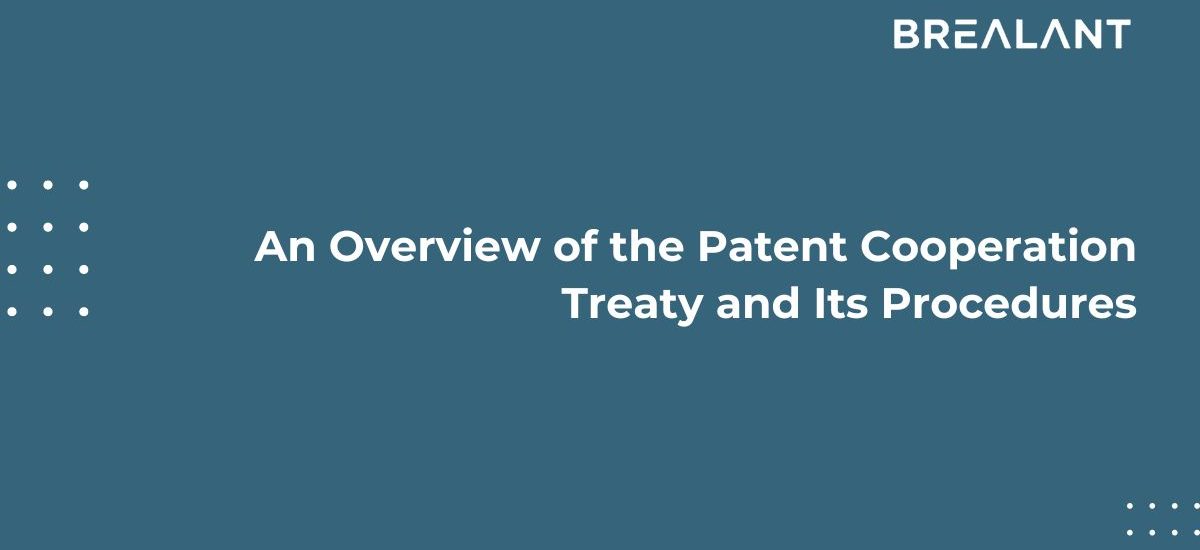Patents are vital to the economy, and protection of intellectual property is a cornerstone of the U.S. patent system. However, the patent system can also be costly and slow to enforce in some situations. That’s where the Patent Cooperation Treaty (PCT) comes in.
The Patent Cooperation Treaty (PCT) is an international treaty that was enacted in 1970. The treaty aims to promote the sharing of patent information between countries in order to allow for the faster and more efficient protection of intellectual property.
How PCT came into being?
The PCT has been widely successful in its aim of increasing the efficiency and speed of patent protection. As of 2013, 150 member states were signatories to the Treaty. The PCT allows for electronic filing and facilitation of examination. In addition, it provides a platform for prosecution stages, provisional application periods, post-grant opposition periods, and IPR counselling services.
The PCT is a treaty between the World Trade Organization (WTO) Member States and 23 other States. The objective of the PCT is to facilitate the filing of single applications for patents by providing mutual recognition of patent applications filed in one Member State by applicant companies from another Member State and by granting protection for a limited period of time in each territory. The WIPO oversees the PCT system and collects information on member States’ usage of the PCT.
What are the benefits of PCT?
Deferring the expense of national phase applications gives applicants additional time to investigate the commercial viability of the innovation, which is one important benefit of a PCT application. The PCT is also a desirable choice for claimant who want to find license holders for their overseas patent rights since it maintains options open in a number of nations and allows the licensee to cover the expenses of prosecution in any nations in which the licensee is interested.
The PCT method allows for centralized prosecution before just one patent office and can be utilized to cut down on the number of objections that must be answered in subsequent proceedings before other patent offices, minimizing the expense of prosecution. The PCT application path is initially more expensive because to the PCT application filing costs, but it may end up being more affordable overall due to accelerated prosecutions.
Patent filing procedure under the PCT:
- File your application in the office: The applicant can file for an international patent at domestic or regional patent offices. Apart from it the applicant can file the patent application at WIPO (World Intellectual Property Organisation).
- Verification done by international search authorities: The search authorities will look for existing art and literature and will examine the applicant’s patent application. Patentability of the applicant’s patent is determined with this search.
- Publishing of the application: Following a period of eighteen months from the filing date or the earliest priority date, the WIPO publishes the international application. One of the ten languages recognized by the Treaty is used to publish the application.
- Domestic or regional phase: An applicant may try to get patents during the national phase from the country or regional patent offices of the nations in which the applicant intends to get a patent. The international application, however, may not be granted a patent from the country or regional patent offices if the applicant does not pursue the local or regional phase within the deadline established by national laws of the countries from which the applicant seeks to obtain a patent.
Some real-world examples of companies or inventors who have successfully utilized the PCT system:
- Architect, educator, and creator of the SuperAdobe constructing technique, Nader Khalili transformed his innovative thoughts into construction procedures by fusing Rumi’s (a poet from the 13th century) philosophy of nature with traditional building skills, modern technology, and expertise. Given that his idea is simple to use, environmentally responsible, and reasonably priced, the new structures are protecting the environment and significantly enhancing the quality of life for many individuals around the globe.
Mr. Khalili applied for a patent at the United States Patent and Trademark Office (USPTO) in 1998 because he intended his innovation to be given away for free to the poor while also being available for commercial licensing. Using the worldwide patent filing method established by the Patent Cooperation Treaty (PCT), Mr. Khalili also submitted an international patent application in 1999 in an effort to spread SuperAdobe throughout the world without making it susceptible to usurpers.
- A business called Shark SHIELD was founded in the southern part of Australia in 2006. The primary focus of the company is the creation and promotion of shark deterrent technologies. The technology is a tried-and-true, non-lethal shark deterrent. Shark SHIELD is eager to sell its products while protecting intellectual property rights (IPRs) because it has spent a lot of time and work creating its technology and brands. In order to achieve this, the business submitted a patent application for its shark-repelling device to IP Australia in 2002.
The company used the Patent Corporation Treaty (PCT) system to file an international patent application, entering the country phase in five countries/nations, with the objective to market its products globally while safeguarding its intellectual property (IP) assets. Additionally, the business trademarked Shark SHIELD through IP Australia in 2005.
Conclusion
If you are an inventor or business owner, you should consider joining the PCT. Joining the PCT will help you to get your patent filed faster, and it will also allow you to protection for your intellectual property abroad. By joining the PCT, you can reduce your risk of infringement by other businesses, and you will be able to market your product or service more easily overseas.
The PCT is an essential tool for jurisdictions seeking to increase the speed and efficiency of patent protection. It has helped to increase the number of international patent applications filed and has facilitated stronger intellectual property protections around the world. The aspects of intellectual property seem tough to understand but not that difficult to grasp. Get in-depth knowledge with the experts only available at Brealant TM, a dedicated IP service provider firm that aims to provide you on-point IP solutions effectively. Visit the website and learn more about the registration and application process of your innovation.
Disclaimer-Brealant provides access to independent attorneys and self-service tools, is not a law firm, and does not provide legal advice.





